Disclosure: This article contains affiliate links. We may earn a commission from purchases at no extra cost to you, which helps our travel content.
There's something magical about cities that whisper their stories through brick and mortar—places where time seems to fold in on itself, allowing you to walk simultaneously in the present and past. Clarksburg, West Virginia is precisely this kind of temporal canvas. As I stepped off the bus into the crisp autumn air, sketchbook tucked under my arm, I could already feel the creative energy of this unassuming Appalachian gem pulsing beneath my feet. The golden light of fall illuminated the Victorian facades and historic storefronts, creating the perfect conditions for both photography and the watercolor sketches that would fill my journal over the next three days.
The Glen Elk District: A Living Museum of Architecture
My urban exploration began in Glen Elk, Clarksburg's historic commercial heart, where late 19th and early 20th-century buildings stand as testaments to the city's industrial boom years. The district feels like an open-air architectural museum—one where you can touch the exhibits and breathe in their stories.
I spent my first morning sketching the ornate cornices and detailed brickwork of the storefronts along Main Street, my travel watercolor set proving perfect for capturing the warm terracotta and sandstone hues. What struck me most was how the buildings tell a story of economic evolution: from the opulent details of the coal and glass industry heyday to more modest mid-century adaptations.
A local historian I met (while sketching outside what was once the Empire National Bank) explained how the district narrowly escaped the urban renewal demolitions that claimed so many historic American downtowns in the 1960s and 70s. The preservation feels almost accidental, yet all the more precious for it—these buildings weren't saved as museum pieces but simply continued to serve their community across generations.
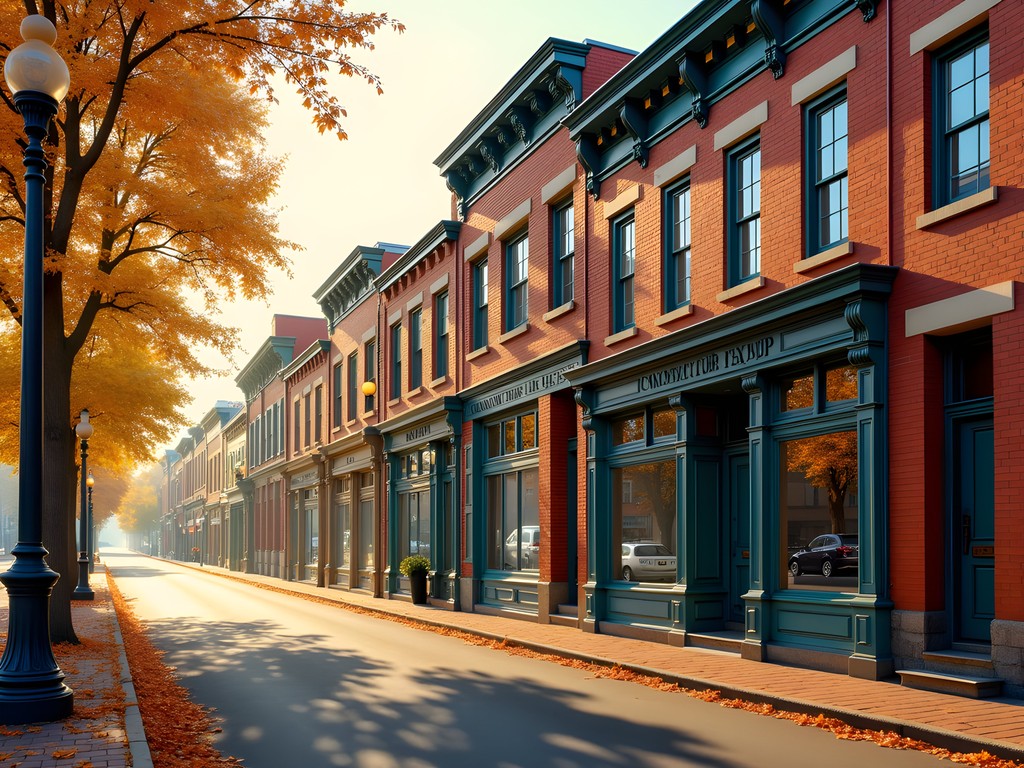
💡 Pro Tips
- Visit on weekday mornings when the light is perfect for photography and the streets are quieter for sketching
- Stop by the Harrison County Historical Society for free maps of architectural landmarks
- Look up! The most interesting architectural details are often above the first floor
Goff Building: The Architectural Crown Jewel
The seven-story Goff Building dominates Clarksburg's skyline and stands as perhaps the city's most impressive architectural achievement. Completed in 1911, this Beaux-Arts masterpiece was designed by the same architectural firm responsible for New York's Flatiron Building, and the resemblance is unmistakable.
I spent an entire afternoon circling the structure, my pocket sketchbook filling with studies of its elegant proportions and ornamental details. The building has a gravitational pull that's hard to explain—I found myself returning to it repeatedly throughout my stay, observing how it transformed in different lights and weather.
What makes the Goff Building particularly special is its continued use. Unlike many historic structures that become museums or sit vacant, this centenarian still houses businesses, government offices, and even some residential spaces. I struck up a conversation with a lawyer whose office occupies part of the fifth floor, and she spoke about the building with the kind of affection usually reserved for living things. "Working here connects you to something larger than yourself," she told me. "You feel the weight of all the lives and stories that have passed through these halls."

💡 Pro Tips
- Visit at sunset when the terracotta facade takes on an almost luminous quality
- The lobby is open to the public during business hours—don't miss the original mosaic floor
- Walk at least one full circle around the building to appreciate its unique triangular design
The Lost Art of Stained Glass: Robinson Grand Theater
My most transcendent moment in Clarksburg came inside the meticulously restored Robinson Grand Theater. Originally opened in 1913 and recently brought back to its former glory through a $15 million restoration, the theater represents the pinnacle of early 20th-century entertainment architecture.
I timed my visit to coincide with their afternoon tour (only $5 for solo travelers—a budget-friendly highlight!). The moment I stepped into the main auditorium, I gasped audibly. The stained glass dome ceiling filtering the afternoon light created a cathedral-like atmosphere that immediately transported me back to my time studying in Barcelona. I sat alone in the balcony for nearly an hour, my travel journal open on my lap, trying to capture in words what my sketches couldn't quite convey—that peculiar feeling when a space seems to breathe with its own consciousness.
The guide explained how local artisans had painstakingly recreated damaged glass panels using traditional techniques, a detail that resonated deeply with my appreciation for preserving traditional knowledge systems. In our age of digital entertainment and cookie-cutter multiplexes, spaces like the Robinson Grand feel increasingly precious—not just as architectural specimens but as reminders of how public spaces can nourish our collective soul.
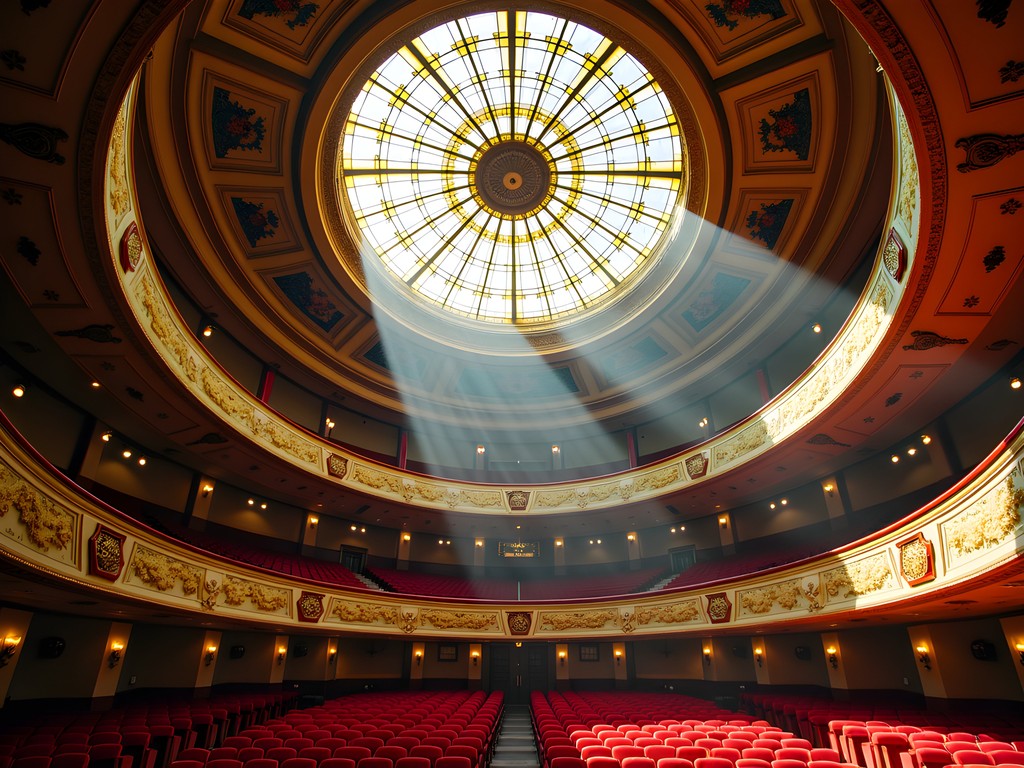
💡 Pro Tips
- Check their website for the afternoon tour schedule (usually 2pm on weekdays, 11am and 2pm on weekends)
- Bring binoculars to study the ceiling details if you're an architecture enthusiast
- Ask about upcoming performances—experiencing the space as it was intended (filled with audience and performers) adds another dimension
Sketching the Sacred: Historic Churches as Architectural Time Capsules
Clarksburg's skyline is punctuated by church spires that represent diverse architectural traditions brought by various immigrant communities. I dedicated my final day to a self-guided walking tour of these sacred spaces, where I found some of the city's most spectacular and emotionally resonant architecture.
The Gothic Revival Christ Episcopal Church (circa 1874) provided shelter when an unexpected autumn shower caught me mid-sketch. Sitting in a back pew as rain drummed against the stained glass windows, I found myself in conversation with the caretaker—a retired architect who shared fascinating details about the building's construction and the European craftsmen who created its intricate woodwork.
Just blocks away, the Byzantine domes of St. Mary's Orthodox Church offered a striking contrast. I spent the afternoon sketching its distinctive silhouette, my drawing pencil set allowing me to capture the subtle gradations of light across its metallic surfaces.
What struck me most was how these buildings continue to serve their original purpose. Unlike many historic structures that have been repurposed or museumified, these sacred spaces remain living centers of community life—places where architecture continues to fulfill its intended function across centuries. As an artist interested in how spaces affect our mental wellbeing, I found something profoundly moving about this continuity.
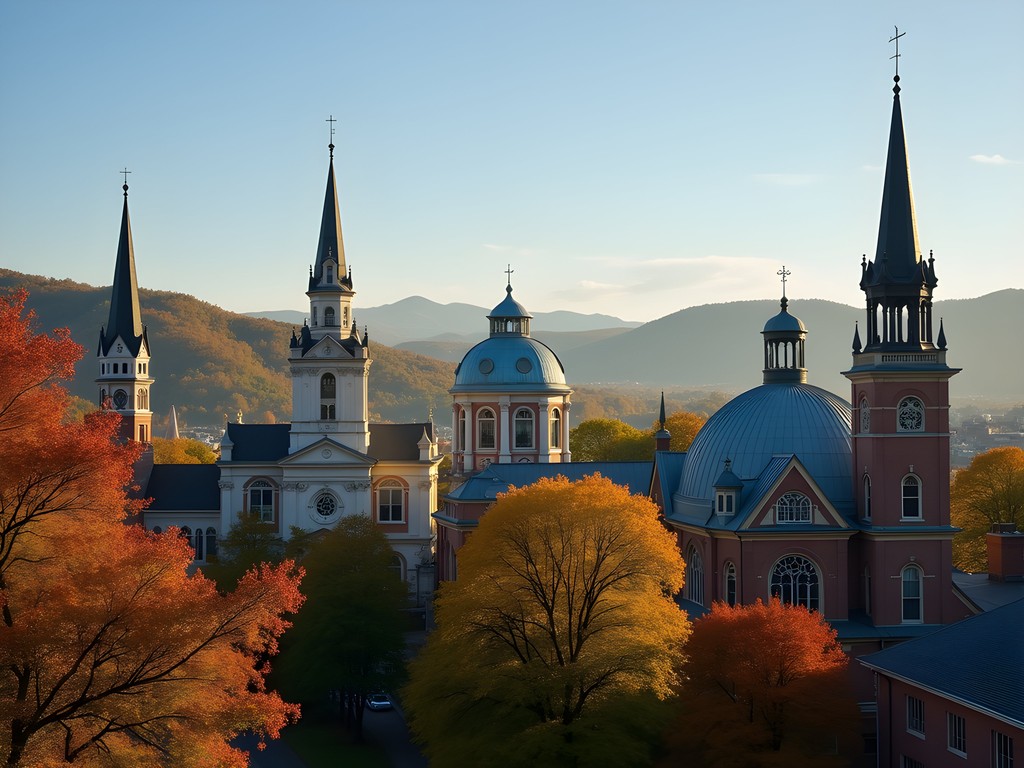
💡 Pro Tips
- Most churches are open to respectful visitors outside of service times—just check signage or call ahead
- Bring a light jacket or sweater as these historic buildings can be cool inside even on warm days
- The Immaculate Conception Catholic Church offers the best examples of stained glass craftsmanship in the city
The Mindful Explorer's Guide to Urban Sketching in Clarksburg
As someone who processes new environments through art, I found Clarksburg to be an unexpectedly rich destination for urban sketching. The city offers a perfect balance: interesting enough to provide endless subject matter, yet quiet enough that you can set up your portable easel without battling crowds.
My favorite sketching spot became the courthouse plaza, where a centrally located bench provided views of multiple architectural periods in a single scene. I'd arrive early with my travel coffee press and spend the first hour of daylight capturing the way morning light played across the varied textures of stone, brick, and glass.
For those who find sketching meditative (as I certainly do), Clarksburg offers something increasingly rare: uninterrupted time with historic architecture. Unlike more touristed cities where you might feel pressured to move along, here I could sit for hours developing detailed studies without disruption.
The locals' reaction to seeing someone sketch their city was universally positive—several times I found myself in lengthy conversations with residents who seemed genuinely touched that an outsider found their hometown worthy of artistic attention. One elderly gentleman even brought me a faded photograph of the building I was drawing as it appeared in the 1940s, allowing me to see the subtle changes time had wrought on the facade I was studying.
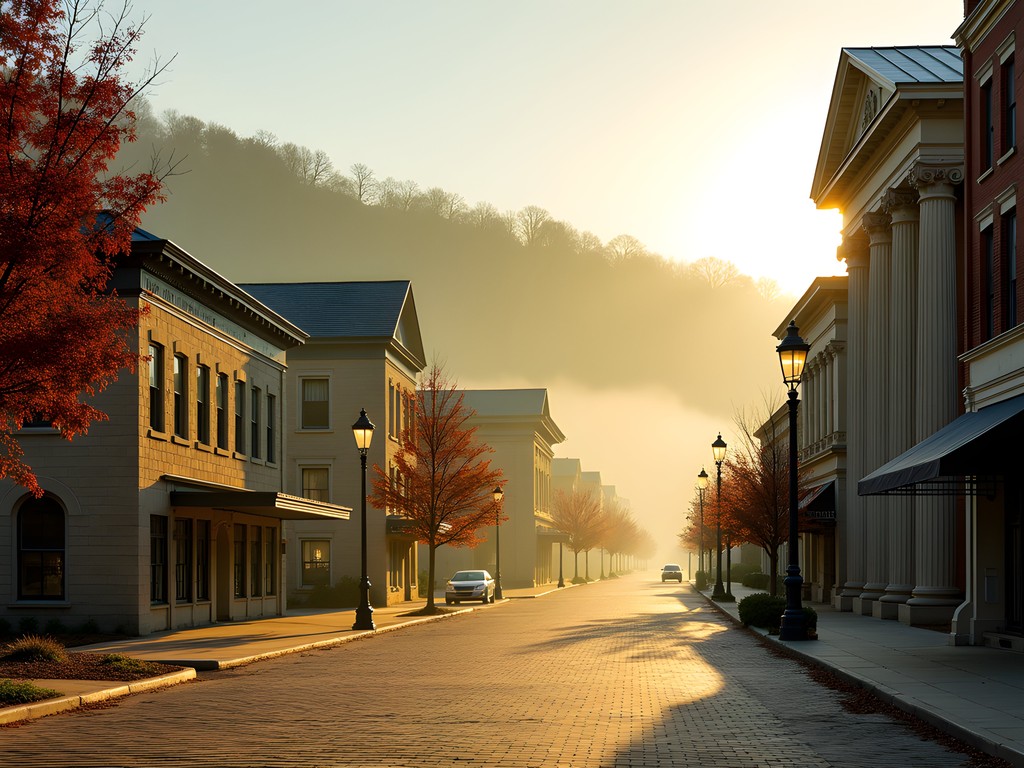
💡 Pro Tips
- The courthouse plaza offers morning shade and afternoon sun—plan your sketching schedule accordingly
- Local cafes welcome sketchers who purchase a drink—Jackson Square Coffee is particularly artist-friendly
- Consider bringing a small folding stool as good sketching spots don't always coincide with available seating
Final Thoughts
As my weekend in Clarksburg drew to a close, my sketchbook bulging with new work and my mind full of architectural details, I found myself reflecting on why these overlooked small American cities matter so deeply. In our rush to experience the world's famous destinations, we often bypass places like Clarksburg—yet these quieter corners offer something increasingly precious: authentic connection with both place and people.
The architectural heritage here isn't preserved behind velvet ropes or carefully curated for tourists; it simply exists, continuing to serve its community while bearing witness to the passage of time. For the mindful traveler—especially one who processes experiences through art—this creates a uniquely intimate experience of place.
As I packed my sketching supplies and prepared for my journey back to Edinburgh, I realized that Clarksburg had given me exactly what I seek in travel: not just visual inspiration for my work, but a deeper understanding of how our built environments shape our collective and individual wellbeing. The city's architectural treasures aren't just beautiful relics—they're living spaces that continue to nurture community and connection across generations. And isn't that, after all, what great architecture is meant to do?
✨ Key Takeaways
- Clarksburg offers an accessible, budget-friendly opportunity to explore significant American architectural history without crowds
- The fall season provides ideal conditions for urban sketching and photography with dramatic lighting and comfortable temperatures
- Engaging with locals enhances the experience, as many residents have personal connections to historic buildings and their stories
- The city's walkable scale makes it perfect for a mindful weekend of urban exploration, even without a car
- Architecture enthusiasts will find surprisingly diverse styles representing different waves of immigration and economic development
📋 Practical Information
Best Time to Visit
September-October for fall foliage and comfortable temperatures
Budget Estimate
$200-300 for a weekend (including accommodation, food, and activities)
Recommended Duration
2-3 days
Difficulty Level
Moderate (Some Hills For Walking)

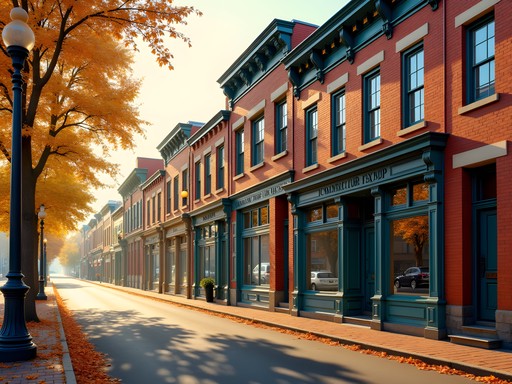
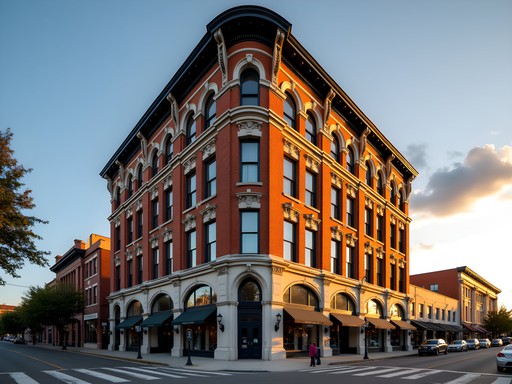

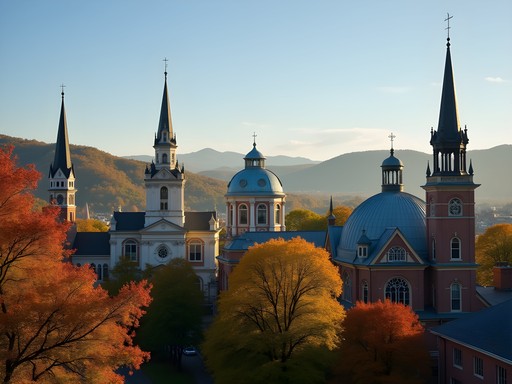
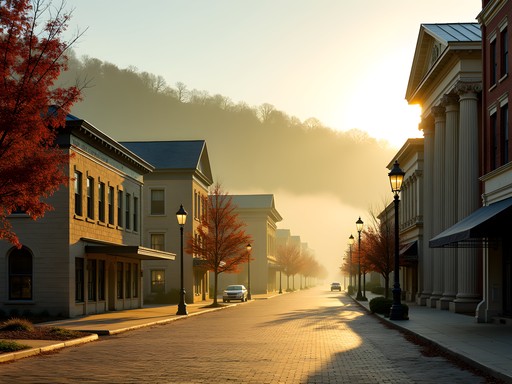


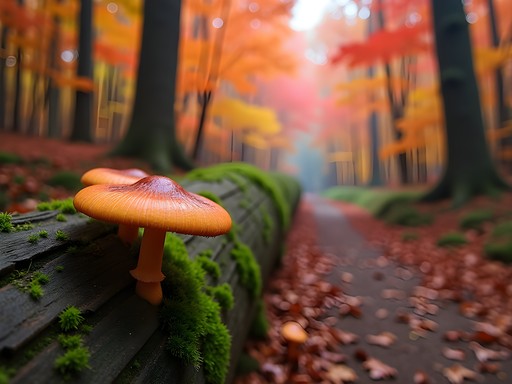

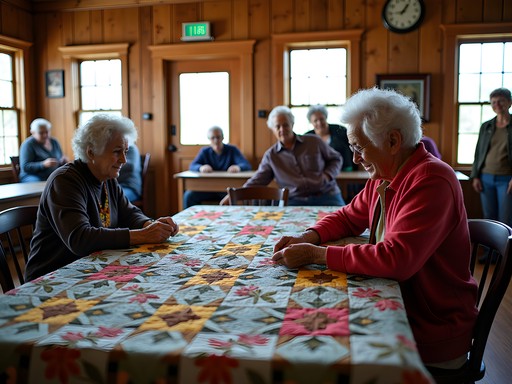





Comments
mountainblogger
Just got back from a West Virginia road trip and wish I'd seen this post before going! We drove through Clarksburg but only stopped for lunch. The architecture looked amazing even from our brief glimpse. We did explore some historical buildings in Wheeling though, and I was blown away by the preservation efforts there. West Virginia really is underrated for architectural tourism. Your sketches capture the details in a way photos sometimes miss. Really inspiring post!
Avery Gonzalez
Wheeling is on my list for next time! Any specific buildings there you'd recommend?
sunsetadventurer
Is the Glen Elk District walkable in a day? Planning a weekend trip to WV in October and your post has me wanting to add Clarksburg to the itinerary!
Avery Gonzalez
Absolutely! Glen Elk is compact and you can see all the architectural highlights in a few hours. I'd recommend starting early and bringing my pocket sketchbook if you enjoy drawing. The morning light on the brick buildings is stunning!
sunsetadventurer
Perfect, thanks! I'll definitely plan for a morning visit then. Not much of an artist myself but I'll bring my camera!
skyninja
Your sketches are incredible! Love how you captured the stained glass at Robinson Grand.
Hunter Thompson
Brilliant post, Avery! I'm absolutely fascinated by how you've captured Clarksburg's architectural soul through your sketches. I did a similar historic architecture tour through small Appalachian towns last year but completely missed Clarksburg. The Glen Elk District sounds like exactly the kind of place I love - where history is still breathing through the buildings. Did you find the locals had good stories about the buildings? In my experience, chatting with older residents often reveals fascinating historical details you won't find in any guidebook. Adding this to my USA itinerary for next spring!
Avery Gonzalez
Thanks Hunter! The locals were incredibly knowledgeable - especially at the historical society. An elderly gentleman named Frank gave me a personal walking tour and pointed out details I would have completely missed. Definitely chat with the folks at the coffee shop on Pike Street too!
Hunter Thompson
That's gold! Nothing beats local knowledge. Will definitely seek out that coffee shop when I visit. Cheers!
smartone
Love finding these smaller historic towns! Adding to my list for our road trip next summer.
oceanguy
Just got back from Clarksburg after reading your post! You weren't kidding about the Goff Building - that terracotta facade is INCREDIBLE in person. We did the walking tour you mentioned and the guide pointed out details I would've completely missed. The stained glass at St. Donatien's Church actually brought tears to my eyes - something about those blues and ambers in the afternoon light. My girlfriend kept saying she felt like she was in a much bigger city with that level of architectural detail. Thanks for putting this place on our radar!
wanderwanderer4932
Those sketches are amazing! Do you use special pens for architectural drawing? I'd love to try this on my next trip but have no idea where to start!
smartone
Not the author but I've found urban sketching kit really good for beginners. Has everything you need in one package.
Fatima Sims
Avery, your post transported me back to my own unexpected detour through Clarksburg last spring! I was heading to Morgantown and decided to break up the drive - ended up spending three hours wandering the Glen Elk District with my camera. Those cast iron facades are incredible time capsules. Did you get a chance to chat with any of the preservation society folks? They shared some fascinating stories about the buildings that were nearly demolished in the 70s before the historical designation saved them. Your sketches captured that special quality of light through the Robinson Grand's stained glass that my photos completely missed!
oceanguy
Were there any good cafes in that historic district? Thinking about a weekend trip there this fall.
Fatima Sims
Yes! There's a lovely spot called Ordinary Days Coffee that's in a converted 1920s pharmacy. Great atmosphere and they have these windows that frame the Goff Building perfectly.
adventureblogger
Never would have thought of Clarksburg as an architectural destination! Your sketches really bring those buildings to life.
Fatima Sims
Right? Hidden gems in unexpected places are my favorite travel discoveries!
springhero
Planning to visit next month. Are the church interiors open to the public or do you need special permission?
Avery Gonzalez
Most are open during regular hours, but I'd recommend calling ahead for St. Mark's - they sometimes have limited visiting hours. The caretaker there is super knowledgeable if you can catch him!
Venture X
Premium card with 2X miles, $300 travel credit, Priority Pass